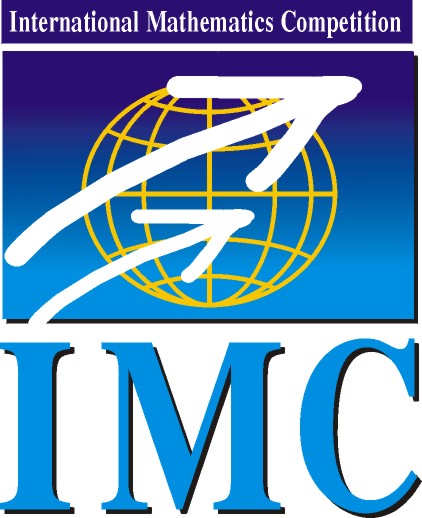
|
International Mathematics Competition
|
IMC 2026 |
| Information | Results | Problems & Solutions | Photos |
IMC2018: Day 1, Problem 3
Problem 3. Determine all rational numbers \(\displaystyle a\) for which the matrix
\(\displaystyle \begin{pmatrix} a & -a & -1 & 0 \\ a & -a & 0 & -1 \\ 1 & 0 & a & -a \\ 0 & 1 & a & -a \end{pmatrix} \)
is the square of a matrix with all rational entries.
(Proposed by Daniël Kroes, University of California, San Diego)
Solution. We will show that the only such number is \(\displaystyle a=0\).
Let \(\displaystyle A = \begin{pmatrix} a & -a & -1 & 0 \\ a & -a & 0 & -1 \\ 1 & 0 & a & -a \\ 0 & 1 & a & -a \end{pmatrix}\) and suppose that \(\displaystyle A=B^2\). It is easy to compute the characteristic polynomial of \(\displaystyle A\), which is
\(\displaystyle p_A(x)=\det(A-xI)=(x^2+1)^2. \)
By the Cayley-Hamilton theorem we have \(\displaystyle p_A(B^2)=p_A(A)=0\).
Let \(\displaystyle \mu_B(x)\) be the minimal polynomial of \(\displaystyle B\). The minimal polynomial divides all polynomials that vanish at \(\displaystyle B\); in particular \(\displaystyle \mu_B(x)\) must be a divisor of the polynomial \(\displaystyle p_A(x^2)=(x^4+1)^2\). The polynomial \(\displaystyle \mu_B(x)\) has rational coefficients and degree at most \(\displaystyle 4\). On the other hand, the polynomial \(\displaystyle x^4+1\), being the \(\displaystyle 8\)th cyclotomic polynomial, is irreducible in \(\displaystyle \mathbb{Q}[x]\). Hence the only possibility for \(\displaystyle \mu_B\) is \(\displaystyle \mu_B(x)=x^4+1\). Therefore,
\(\displaystyle A^2+I = \mu_B(B) = 0. \tag1 \)
Since we have
\(\displaystyle A^2 + I = \begin{pmatrix} 0 & 0 & -2a & 2a \\ 0 & 0 & -2a & 2a \\ 2a & -2a & 0 & 0 \\ 2a & -2a & 0 & 0 \end{pmatrix}, \)
the relation (1) forces \(\displaystyle a=0\).
In case \(\displaystyle a=0\) we have
\(\displaystyle A = \begin{pmatrix} 0 & 0 & -1 & 0 \\ 0 & 0 & 0 & -1 \\ 1 & 0 & 0 & 0 \\ 0 & 1 & 0 & 0 \end{pmatrix} = \begin{pmatrix} 0 & 0 & 0 & -1 \\ 1 & 0 & 0 & 0 \\ 0 & 1 & 0 & 0 \\ 0 & 0 & 1 & 0 \end{pmatrix}^2, \)
hence \(\displaystyle a=0\) satisfies the condition.
© IMC